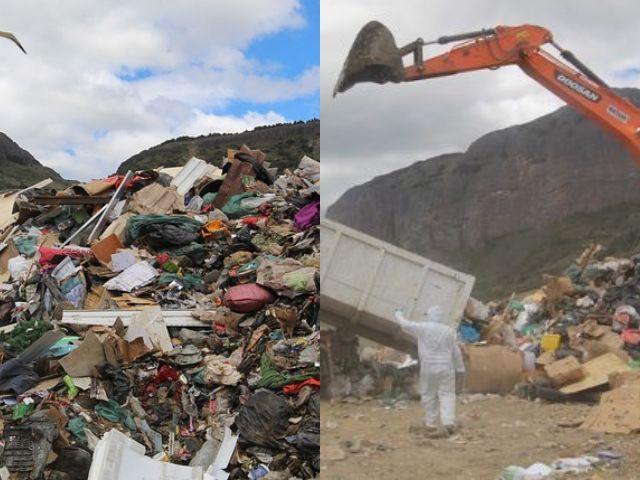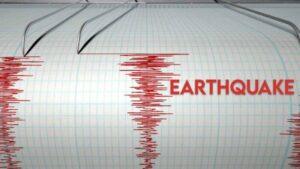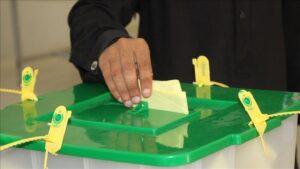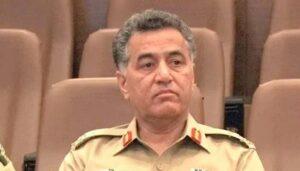The transformation of the waste discharge site of the Lahore Dispenses Management Company (LWMC) in Mehmood Booti into a solar park and an urban forest area is progressing quickly. The authorities anticipate completing the first phase of the project for July this year, and the second phase is expected to end at the end of the year.
Methane gas emissions will become usable energy through an investment of five billion rupees, and the project is also ready to generate carbon loans.
The imposing lots of waste near Mehmood Booti, north of Lahore Ring Road, have long contributed to environmental pollution and health risks for local residents, particularly LWMC workers, due to persistent smell and methane emissions.
However, the 42 Acres landfill, which once had almost 80 feet high, is now covered with land and transformed into a solar park and an urban forest.
The majority of Lahore’s waste historically threw themselves into this site until 2016 when it closed, and the disposal of waste moved to a new site in Lakhodair, which now also approaches the total capacity.
In 2023, the caregiver’s government initiated a feasibility study for the conversion of Mehmood Booti into a solar energy park and a recreational space. The current provincial administration has now incorporated this initiative in the “Punjab” program of the main minister.
Lahore Waste Management Company and the Urban Development Authority of Ravi (RUDA) are jointly supervising the project. According to the LWMC CEO, Babar Sahib Deen, the landfill will be used to extract gas, which will be sold to nearby industries.
For this purpose, large plastic pipes have been installed, approximately one foot in diameter, at various points through the landfill to capture methane gas emissions.
In addition to gas extraction, a 11 acres solar park is being developed on the site, which is expected to generate approximately five megawatts of electricity. Meanwhile, the surrounding area of 31 acres will be dedicated to urban silviculture, with plantations of trees and paths to walk.
The CEO of Rue, Imran Amin, emphasized that the transformation of Mehmood Booti has turned an old waste overtur into a lucrative asset, projected to generate substantial income.
The project will produce economic benefits during the next two decades through carbon, biogas and electricity production loans. Officials estimate that the sale of carbon credits will only generate two to three billion annual rupees, while the electricity of the solar park will be commercially viable.
In addition, the production of the landfill is expected to contribute billions of rupees to Punjab’s income. The viability for the carbon credit program has already been completed.
Carbon credits, also known as certified reductions in greenhouse gas emissions, are generated when a company, individual or institution performs projects that reduce or eliminate greenhouse gases.
A metric ton of reduced greenhouse gas emissions or eliminated equals a carbon credit, which can be sold in the carbon market for between five and fifty US dollars, depending on the quality of the project.
The authorities estimate that this project could generate between five hundred thousand to one million US dollars annually through carbon credit sales.
Local residents have expressed their appreciation for the initiative. Haji Muhammad Munir Mughal, a local community leader and entrepreneur, said that the smell and gas emissions of the landfill had previously forced many residents to relocate, and visitors also avoided the area.
He welcomed government efforts to rehabilitate the site in an ecological space. In addition, he urged the authorities to extend environmental projects similar to the Lakhodair dumping site, which is also close to total capacity.
Government officials have confirmed that the work will soon begin at the Lakhodair site. They believe that these initiatives will play a transformative role in improving LaHore’s air quality and the general urban environment.




